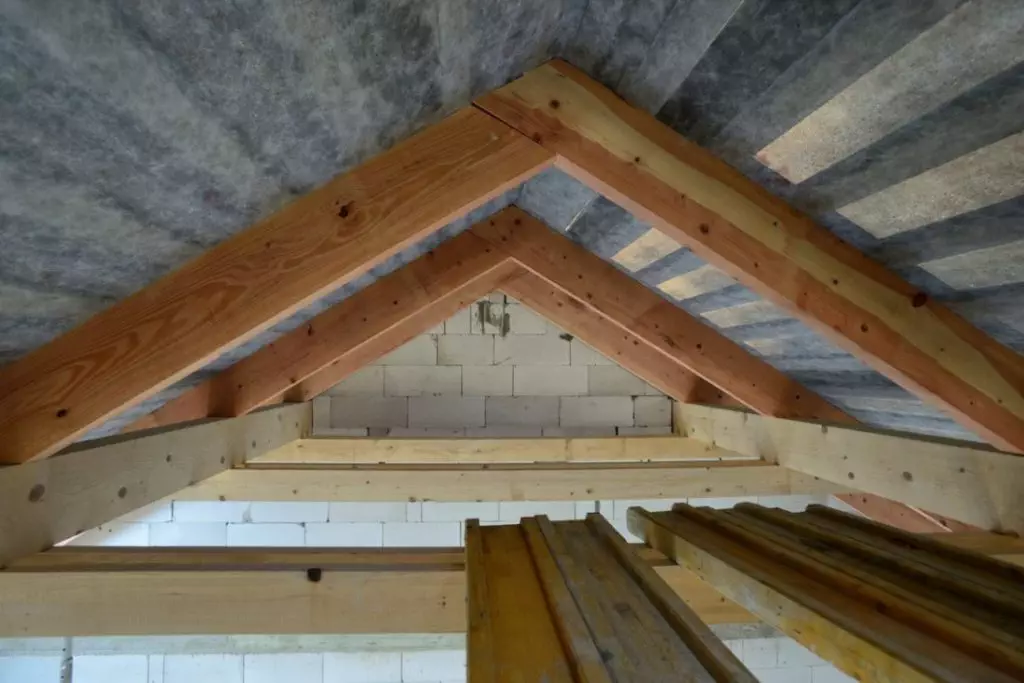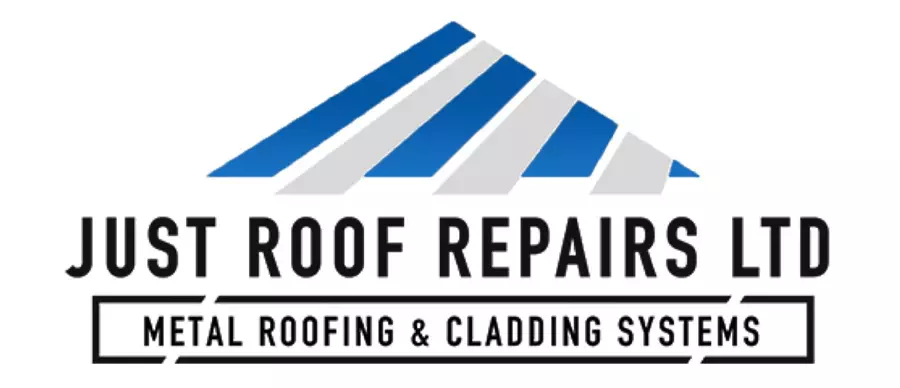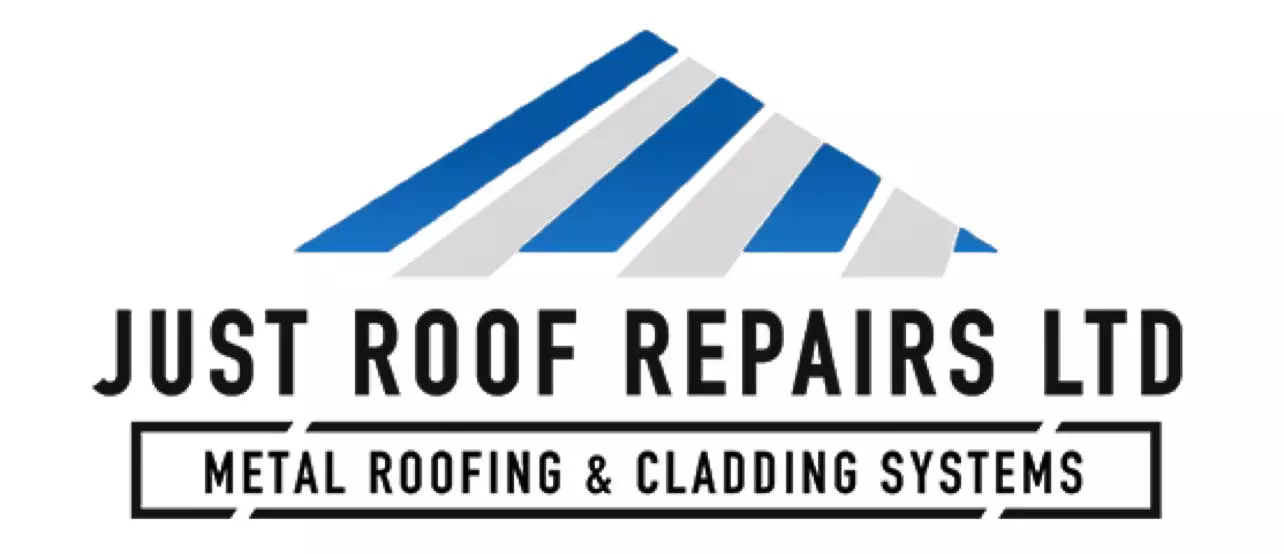Condensation in roof spaces can cause serious issues if not properly addressed. It usually results from poor ventilation, incorrect insulation, and high indoor humidity levels. Understanding how condensation works is important for homeowners. By identifying the factors that lead to moisture build-up in your roof space, you can take steps to prevent problems. Let’s look at the common causes and preventative measures to ensure your roof stays dry and healthy.

Key Takeaways
- Poor ventilation traps warm, moist air in roof spaces, raising the risk of condensation.
- Incorrectly placed insulation can block airflow, worsening humidity and condensation.
- Daily activities like cooking and showering significantly increase indoor humidity, contributing to condensation.
- Installing vents, exhaust fans, and a vapour barrier can reduce moisture build-up and prevent condensation.
- Regularly check for leaks and gaps in insulation to maintain effective temperature control and airflow in roof spaces.
Understanding Condensation: The Basics
Condensation may seem like a minor issue, but it can lead to big problems in roof spaces if not understood properly.
There are different types of condensation, such as surface and interstitial condensation, which affect your roof in different ways. Surface condensation forms when warm, moist air comes into contact with cold surfaces, creating water droplets. On the other hand, interstitial condensation happens inside the structure, often leading to hidden mould and decay.
Effective moisture control is key to preventing these problems. Proper ventilation helps reduce humidity, while insulation helps maintain surface temperatures, minimising the risk of condensation.
By understanding these basics, you can take proactive steps to keep your roof in good condition and avoid the damaging effects of moisture build-up.
Common Causes of Condensation in Roof Spaces
Identifying the common causes of condensation in roof spaces is crucial for preventing it effectively. One major factor is poor ventilation, which traps warm air and moisture in the roof space. This issue often arises from poorly placed insulation that blocks airflow.
Also, everyday activities like cooking and showering increase indoor humidity, leading to more moisture. Seasonal temperature changes can make matters worse, causing warm air to meet cooler surfaces in the roof space.
Leaks from plumbing or roofing materials can also introduce unwanted moisture, complicating efforts to control it. Addressing these issues quickly will ensure a drier environment and reduce the risk of mould and structural damage in your roof space.
The Role of Humidity in Roof Space Condensation
Humidity is a key factor in condensation within roof spaces.
Understanding the sources of humidity, such as daily activities and environmental factors, can help you spot potential problems.
Humidity Sources Explained
Indoor activities like cooking, showering, and even breathing contribute a lot of moisture to the air.
Poor ventilation worsens these issues by trapping humidity in closed spaces. Building materials, such as damp insulation or wood that hasn’t been properly dried, can also release moisture over time.
External factors like rain or high outdoor humidity levels can seep into your roof space too. To fight these issues, it’s important to implement humidity control measures.
This includes ensuring proper ventilation and using dehumidifiers when needed. Managing moisture effectively not only reduces condensation risks but also helps maintain a healthier living environment.
Impact on Roof Space
When moisture builds up in your roof space, it creates the perfect conditions for condensation, which can lead to significant structural damage over time.
High humidity levels can result in excess moisture, encouraging mould growth that damages your roof and harms air quality.
Condensation forms on wooden beams and insulation, weakening these materials and increasing the risk of rot.
This damage can lead to expensive repairs and a shorter lifespan for your roof.
To prevent this, make sure your roof space has proper ventilation and insulation.
Insulation and Its Impact on Condensation
Good insulation plays a crucial role in controlling condensation in roof spaces. It helps maintain a stable temperature, which reduces the chance of moisture build-up.
Different types of insulation, such as fiberglass, foam, and cellulose, offer various levels of thermal resistance. Choosing the right one is important for optimising your roof space’s performance.
Also, be mindful of thermal bridging, where heat escapes through structural elements, creating cold spots that can cause condensation. Properly installed insulation reduces these cold areas, improving overall efficiency.
Ensuring your insulation is continuous and well-fitted helps prevent thermal bridging and the associated condensation risks. By handling insulation properly, you not only protect your roof space but also improve energy efficiency and lower maintenance costs.
Ventilation: A Key Factor in Preventing Condensation
Insulation alone can’t fully protect your roof space from condensation. Proper ventilation is just as important for managing moisture levels.
A good ventilation system helps maintain airflow, allowing moist air to escape while letting in drier air. This exchange is essential, as stagnant air can lead to moisture build-up, raising the risk of condensation.
Check that your roof space has adequate vents and that they are unobstructed. If natural airflow isn’t enough, consider installing mechanical ventilation systems.
By focusing on ventilation, you’ll not only reduce condensation but also extend the lifespan of your roof and insulation.
Identifying Signs of Condensation in Your Roof Space
Recognising condensation in your roof space is vital for keeping your home in good shape. Look for the following signs:
- Water stains on beams or insulation: These indicate moisture build-up.
- Mould growth: This thrives in damp conditions and can affect your health.
- Frost on rafters in colder months: This suggests poor ventilation and excess humidity.
- Musty odours: Often a sign of moisture problems.
- High humidity readings: Use a hygrometer to measure humidity levels. Readings over 60% are a red flag for condensation issues.
Detecting condensation early can prevent significant structural damage to your home.
Effective Solutions for Reducing Roof Space Condensation
To tackle condensation in your roof space, you’ll need a combination of proper ventilation and insulation strategies.
Start by ensuring good airflow through your roof space by installing vents or using exhaust fans.
Consider adding a dehumidifier to reduce moisture levels, especially in humid areas.
Installing a vapour barrier on the warm side of the insulation will prevent moisture from entering your roof space. This barrier blocks moist air from getting in.
Lastly, check for any gaps or leaks in your insulation that might let warm air escape and cause condensation.
Maintenance Tips to Prevent Future Condensation Issues
To avoid condensation problems in your roof space in the future, there are a few key maintenance steps to follow.
Regular Insulation Checks
While it may seem minor, maintaining proper insulation is essential for preventing condensation in roof spaces.
Check your insulation regularly to ensure it’s effective and properly placed. Inspect for gaps, sagging, or damp spots, which may indicate that the insulation isn’t working as it should. If needed, upgrade old insulation materials to improve efficiency and reduce condensation risks.
Improve Roof Ventilation
Proper roof ventilation is vital for managing moisture in roof spaces. It allows for continuous air exchange, which helps prevent condensation.
Improve ventilation by incorporating features like ridge vents, soffit vents, or gable vents. Make sure these vents are not obstructed by insulation or debris, and inspect them regularly to ensure they’re working well. Consider adding mechanical ventilation if natural airflow isn’t enough.
Seal Air Leaks
If there are any air leaks in your roof space, improving ventilation alone won’t fix condensation issues.
To reduce condensation, you need to seal gaps around ducts, vents, and wiring. Use caulk or spray foam to block these leaks and stop warm, moist air from getting into your roof space.
Focus on areas like attic hatches and insulation seams, where air often escapes unnoticed. Regularly inspect and maintain air seals to keep your roof space dry.
When to Seek Professional Help for Condensation Problems
If condensation continues to be an issue despite your efforts to improve ventilation and insulation, it might be time to get professional help.
Signs you need help include persistent moisture, mould, or unpleasant smells. If your DIY solutions haven’t worked after a few weeks, consult an expert.
Professionals can assess underlying problems like inadequate insulation, hidden leaks, or structural issues. They’ll use specialised tools to measure humidity and check ventilation systems, providing a tailored solution for your needs.
Don’t ignore the signs – addressing condensation early can save you from expensive repairs and improve your home’s air quality.
Frequently Asked Questions
Can Condensation Damage My Roof Structure Over Time?
Yes, condensation can damage your roof structure over time. Regular roof inspections help identify moisture sources and prevent damage.
Is Condensation More Common in Winter or Summer?
Condensation is more common in winter. Cold air holds less moisture than warm air, so when warm indoor air meets cold surfaces, condensation forms.
How Can I Measure Humidity Levels in My Roof Space?
You can use humidity sensors or moisture meters to measure humidity levels in your roof space. These devices provide accurate readings, helping you manage moisture effectively.
Will Using a Dehumidifier Help Reduce Roof Space Condensation?
A dehumidifier can help reduce condensation by lowering humidity levels in your roof space. This can prevent moisture build-up and protect your roof structure.
Do Different Roofing Materials Affect Condensation Levels?
Yes, different roofing materials can impact condensation. Materials with poor insulation may trap heat and moisture, while well-insulated materials help maintain temperature balance and reduce condensation risk.
Conclusion
Understanding the causes of condensation in roof spaces is key to keeping your home healthy. By managing humidity, ensuring proper insulation, and improving ventilation, you can reduce the risk of condensation. Regular checks and maintenance will help you spot problems early. If issues persist, don’t hesitate to call a professional. Taking these steps will protect your roof from moisture-related damage and ensure its long-term integrity.


